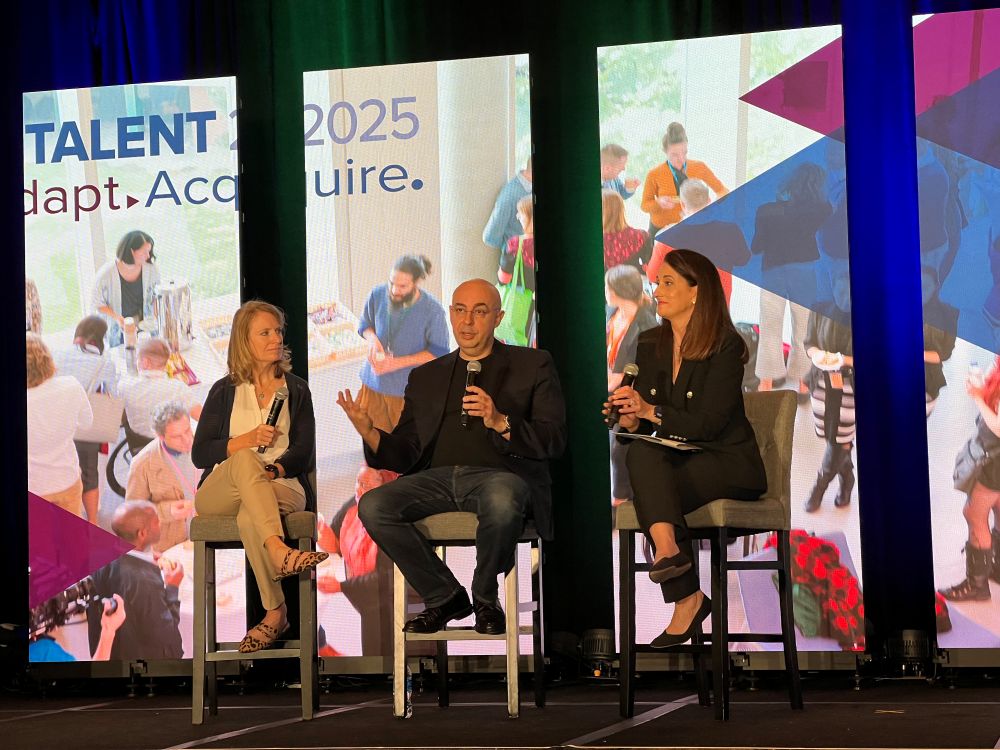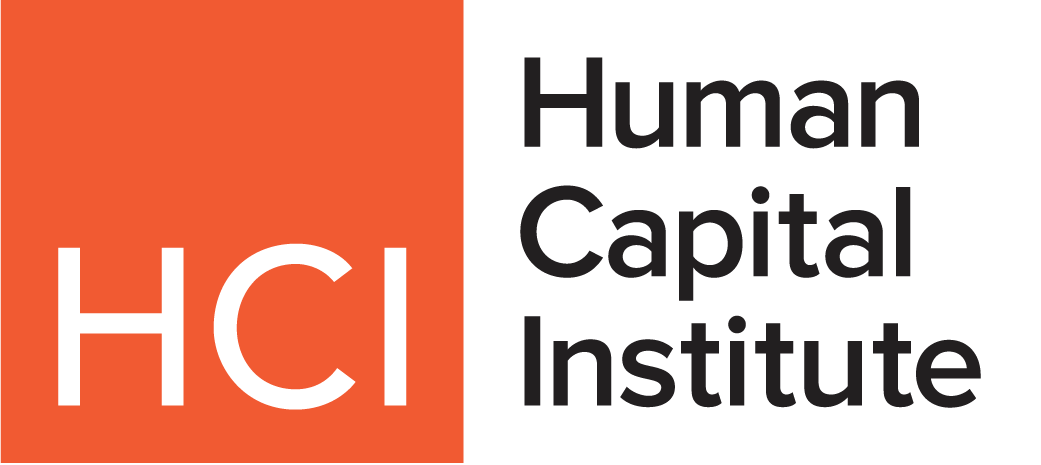Forget the panic of jobs being replaced; the true challenge of AI is getting Talent Acquisition (TA) to fundamentally redefine its value. That was the consensus from SPARK TALENT‘s “Unscripted Expert Discussion: TA in the Age of AI—Friend, Foe, or Future,” moderated by Jennifer Kirkwood CEO & Founder of Talvana Consulting, and featuring panelists Bertrand Dussert VP, Talent Acquisition at Staples, and Debra Simmers, Global Head of Talent Acquisition at The Hershey Company.

The message for HR leaders is clear: The future of TA lies not in code alone, but in accountability, courageous experimentation, and strategic human connection.
1. The Core Mandate: Augment, Don’t Automate
The panelists agreed that headlines suggesting the near-total replacement of HR functions are unrealistic because the “human is a part of human resources.” The strategic goal must be augmentation.
- Elevating the Role: Recruiters must focus less time on administrative tasks and more time on learning the business and partnering with managers. As Debra Simmers put it, this allows TA leaders to focus on tasks that are “more fun and what they want to do.”
- AI for Recruiter Development: Recruiters must use AI for self-coaching and upskilling, not just for small productivity gains. Dussert successfully used AI to generate a “beautiful learning plan” to take a novice to an expert in prompt engineering, drastically reducing the time and cost associated with L&D.
2. Accountability and Governance: The “Red Team” Imperative
As AI takes over more stages, the HR leader’s need for accountability and trust increases exponentially.
- You’re Accountable, Not the Bot: The panelists warn that the excuse, “oh, AI got it wrong,” “is just not gonna float” with stakeholders. Recruiters remain accountable for the results they present and the judgments they make.
- Red Teaming is Mandatory: Kirkwood highlighted the key governance concept of “red teaming,” which means actively challenging the AI model. Teams must be asked to “break the model” to look for vulnerabilities. Simmers confirmed this is practiced at Hershey, where they challenge their recruiters to “break” the AI tool to ensure safety and effectiveness.
- Always Check the Source: All speakers strongly cautioned that AI can still hallucinate and provide inaccurate data. Professionals must “always check the work” and the sources, reinforcing the need for human oversight.
3. Personal Branding: The Key to HR Influence
Kirkwood stressed that individual HR professionals must use insights to elevate their personal brand and influence within their organizations.
- Amplify Your Wisdom: Kirkwood urged attendees to use their “aha moments” to “brand yourself and your career” and amplify themselves as savvy thought leaders.
- Leaders Are Listening: This branding and thought leadership helps both the individual and their team, as organizations are watching who is driving the conversation around strategy and innovation, because their “leaders and your organizations are listening.”
4. The 50th Percentile Shift: Raising the Talent Floor
AI will force a rapid elevation of skill among the current workforce.
- The New Performance Standard: Dussert warned that the “bottom 50th percentile of performers” will have to significantly improve their productivity and contribution to the level of the top half, using AI and training.
- Small Team Advantage: Small organizations and public sector teams can leverage their biggest asset—speed—to move faster than their large competitors. Small teams are “fast” and can “outpace your larger competitors” who are constrained by long compliance meetings.
- Start Simple: Small teams should start with AI tools they already have, and simply prompt the tool with questions like, “What do I do next?” to begin the transformation.



